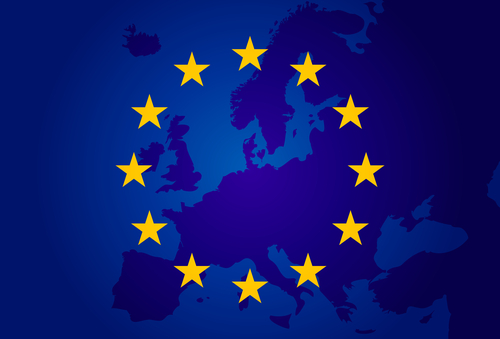In an effort to standardize charging systems and reduce electronic waste, the European Union has introduced the Common Charger Directive (Directive EU 2022/2380). This initiative amends the existing Radio Equipment Directive (RED) and sets forth new rules for a wide array of electronic devices. This blog post delves into the nuances of the directive, its scope, and what it means for both manufacturers and consumers.
What is the Common Charger Directive?
The Common Charger Directive is a legislative measure by the EU aimed at standardizing charging devices across various types of electronic equipment. The goal is to make device charging more straightforward and environmentally friendly by reducing the number of chargers and cables that consumers need to purchase and maintain.
Key Provisions of the Directive
Harmonized Charging Interface
Under the directive, all applicable electronic devices must be equipped with a USB Type-C receptacle. This requirement aims to simplify the charging process, allowing one type of cable to charge a wide range of devices, from mobile phones to laptops.
Scope and Applicability
The directive applies to mobile phones, tablets, digital cameras, portable speakers, and more, with the rules taking effect on December 28, 2024. Laptops will follow on April 28, 2026. The directive specifies that these devices must be capable of being charged via wired charging.
Unbundling Sales
Manufacturers are required to offer devices for sale both with and without charging devices. This approach allows consumers to opt out of receiving a new charger with every new device they purchase, thus reducing unused chargers and electronic waste.
Enhanced Consumer Information
Economic operators must ensure clear communication about the charging capabilities of devices. This includes whether a charger is included and information about the device’s supported charging protocols and power requirements.
Impact on Manufacturers and Consumers
For Manufacturers
Manufacturers will need to redesign their devices to comply with the USB-C standard and prepare to offer devices without chargers. They must also update their packaging and marketing materials to include the required consumer information.
For Consumers
Consumers can expect greater convenience and reduced costs over time, as they will no longer need to purchase a new charger with every new device. The standardization also means easier and more efficient charging solutions across different devices.
Conclusion
The EU’s Common Charger Directive is a significant step towards reducing electronic waste and simplifying the user experience. By standardizing charging systems, the directive not only supports environmental sustainability but also enhances consumer convenience. As the implementation date approaches, both manufacturers and consumers need to prepare for the changes that lie ahead.
Have Additional Questions?
If you have more questions about how the Common Charger Directive might impact your business or compliance strategies, don’t hesitate to contact us at iCertifi. Our team is ready to assist you with expert guidance tailored to your specific needs.

